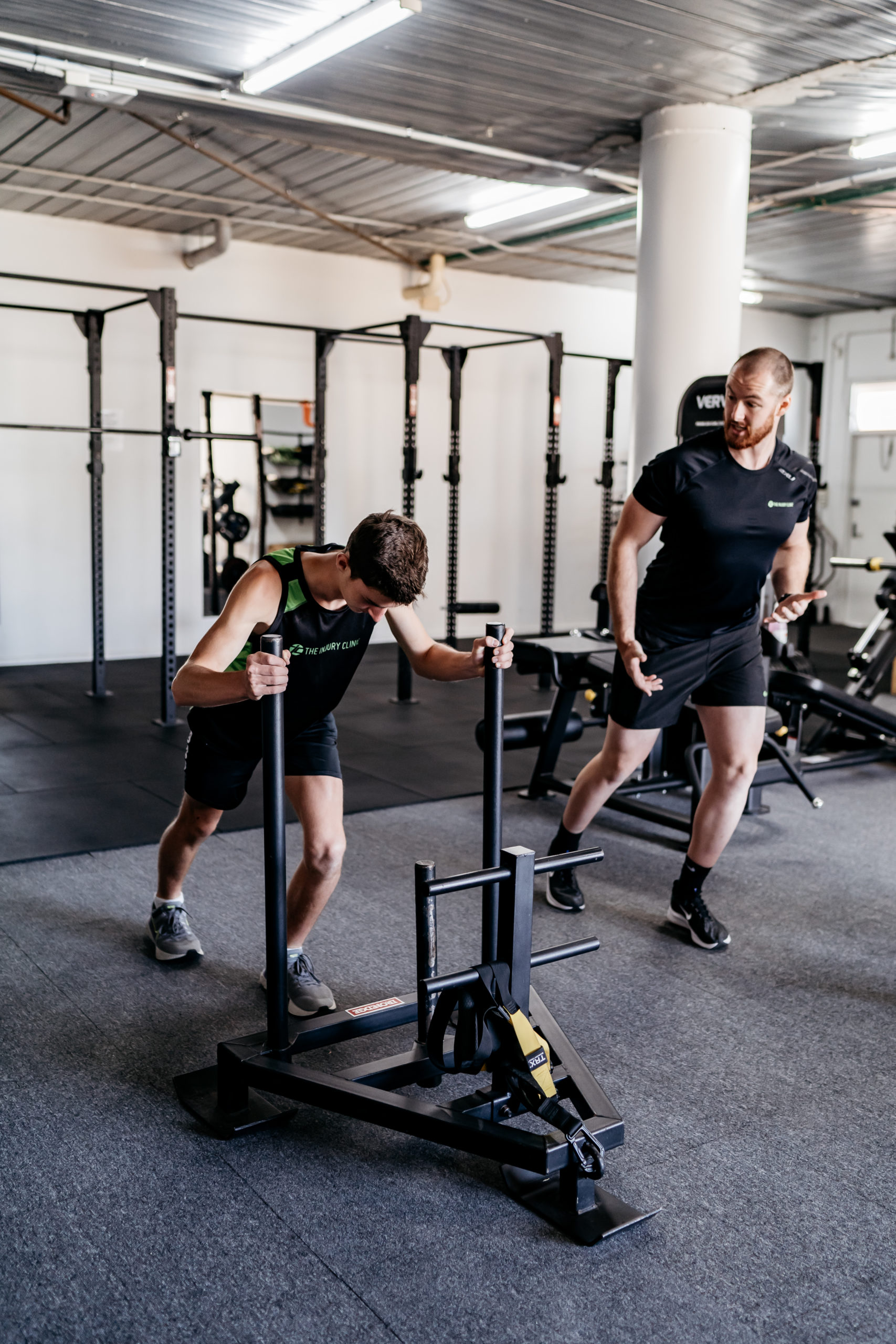TRAINING LOAD AND INJURY
The relationship between training load and injury is complex. Adaptation and tolerance to training load is affected by individual biomechanics, fitness, stress, sleep, nutrition and much more.
We find that training loads are commonly determined by beliefs and past experiences of coaches and clients. This can be both helpful and unhelpful.
Things to consider:
- Training loads that result in performance gains in one athlete will not necessarily result in performance gains in another
- Training loads can be excessive and there is such as thing as over training
- There is never just one option when it comes to load application
Progressive Loading
There are many rules and guides available that direct progressive run load. The 10% Rule is the most common. This rule states a weekly load progression of up to 10% maximum is all you need and you’ll be fine. Unfortunately, it’s nowhere near as simple as that.
We advise against sudden and significant changes in training load (i.e., “spikes”). There is no ‘10% rule’ that will eliminate loading errors. It is possible for people to be overloaded or underloaded.
We do know that high, chronic workloads are associated with lower injury rates. The trick is achieving high, chronic loads that are specific to your goal whilst minimising the risk of injury along the way. There needs to be a balance between providing adequate training stimulus to elicit performance benefits and minimising the risk of injury.
Research commentary refers to the floor, the ceiling and time. The floor represents the athlete’s current capacity. The ceiling represents the capacity needed to perform. It is possible to progress an athlete from the floor to the ceiling, provided there is adequate time. We often find we are encouraging clients to be patient as it’s a process.
This can explain why we see so many injuries come from 12 and 16-week training programs.
What About When Returning From Injury?
Maintaining fitness, minimising disruption to training load, and the development of adequate chronic load need to be considered when returning from an injury. Reducing loads unnecessarily can result in unintentional training “spikes” once an injury has resolved. This potentially increases an athlete’s risk of injury recurrence.
A study looked at the effects of early (2 days post-injury) or delayed (9 days post-injury) rehab of acute thigh and calf injuries. It found that starting rehab 2 days post injury rather than waiting for 9 days shortened the return to play time by 3 weeks without increased risk of re-injury.
It should be noted that different tissue types and different injury profiles will respond differently to load application.
Remember:
There are so very many things to consider when progressing load for performance gains and when looking to manage load in consideration of an injury. The goal should always be to keep people injury free whilst providing every opportunity for them to perform at their very best.



